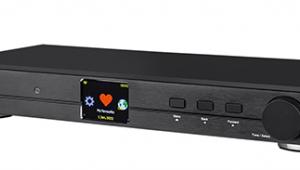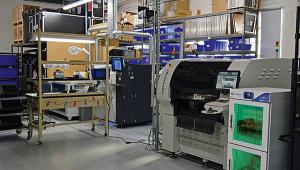Hitachi HT-L70 turntable
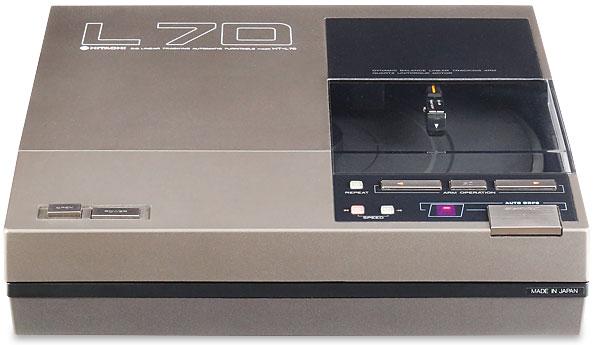
 This compact '80s turntable took the fight to market leader Technics by driving down the price of automatic track selection and programmable repeat. Is it a big hitter?
This compact '80s turntable took the fight to market leader Technics by driving down the price of automatic track selection and programmable repeat. Is it a big hitter?
The LP sleeve-sized turntable, first seen in 1979 in the form of the Technics SL-10 [HFN Apr '19], proved such a success that within a year or so most of the major Japanese manufacturers had added one to their range. In a fast-changing world where digital tuners, remote-controlled amps and full-logic cassette decks were beginning to make traditional turntables look out of date, this new look helped maintain sales.
As well as their compact appearance, these new turntables usually included direct-drive motors, linear tracking and fully automated operation. They materially recast the experience of playing a record from a process that had changed little since the mid-1950s to something more appropriate for the high-tech 1980s.
In The Mode
Hitachi's HT-L70 was a good example of the emerging breed. Released in 1982 and costing around £180 it wasn't quite in the league of the SL-10, but its pricing put it in close competition with the Technics SL-7 (£200). This was an essentially similar machine, but of simpler construction. The plastic plinth and lid of the HT-L70 may have looked cheap compared to Technics' lavish die-castings but the Hitachi deck had something else to offer – automatic track selection and programmable repeat. Technics offered a similar set of features in its SL-15, but at over twice the price.
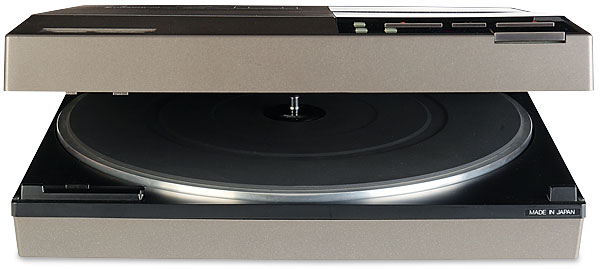
As well as its compact size, the HT-L70 had striking, modish styling to draw the buyer's eye. Finished in metallic silver with bold graphics and only a small window through which to view the record surface, it looked as different from the previous generation of turntables as it was possible to be. As was usual for this type of player, all the functions were operated with the lid shut so the major controls could be placed on the top surface, saving the space that would have otherwise been required for a panel to the side of the platter.
The motor was a direct-drive type and quartz-locked (naturally), using Hitachi's proprietary 'Unitorque' construction. Based on techniques developed for the firm's range of video cassette recorders, the Unitorque motor was accurate, silent and very reliable over long periods of use. The movement of the arm required a second motor and this was mounted in the lid and drove the arm along a pair of rails via a tensioned nylon cord. Optical sensors in the gimbal pivot determined the amount of tracking error generated as the stylus followed the record's groove. This information was used to command the motor to advance the position of the arm whenever it was necessary.
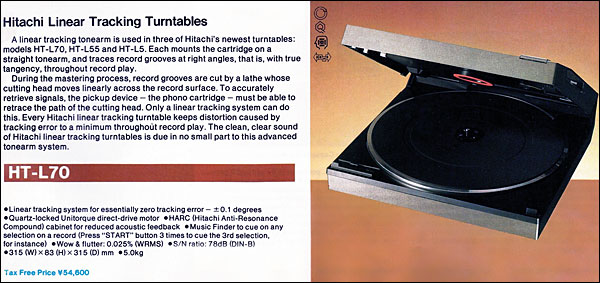
On The Beam
The mounting of the arm and its bearing assembly above the record surface (as opposed to beside it, as is normally the case) allowed the arm to have an unusually short effective length of just 95mm. This, and the linear-tracking system's claimed maximum angle error of 0.1°, allowed Hitachi to state that the HT-L70 worked 'tracking wonders'.
The cartridge used with the turntable was a special design: Hitachi's own MT-70. It featured the same T4P mounting that the SL-10 had made popular and was replaceable by a standard T4P type. But for the HT-L70's track-detection features to work, only the MT-70 would do. It was claimed that this pick-up had been designed very much with sound quality in mind and to this end a high-efficiency samarium cobalt magnet had been utilised in its construction. The sensor employed infra-red light that was shone down onto the record surface just in front of the stylus in a focused beam. The reflections from the surface of a record change in the bands used to mark the intervals between the tracks and it was these that the Hitachi MT-70 was able to sense.
This approach had changed little since the days of the ADC Accutrac 4000 turntable [HFN Mar '13], but improvements in both sensor technology and electronics had led to the systems becoming generally more consistent and reliable. Hitachi called its system 'Auto DPRS', this standing for Digital Random Program Selector. The 'digital' part referred to a single number display that showed which track the user had chosen. As for 'Random', this meant that play could start from any track (up to nine in total) and in addition it was possible to set the deck to repeat the record, either from the start, from a desired track number or from any given point.
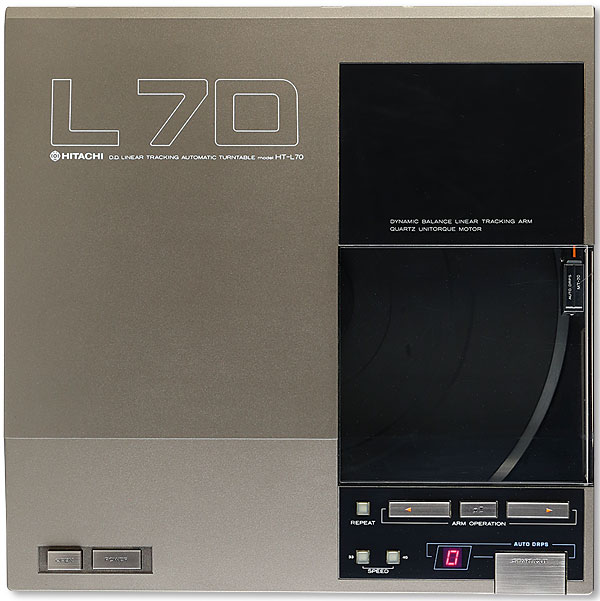
Despite benefiting from the latest refinements in this area, the system was not infallible. Therefore, a switch was provided inside the lid of the turntable to increase or reduce the sensitivity of the sensor. If this was still not sufficient, the HT-L70 could be used manually with its power-operated cueing and arm lifter functions.
The HT-L70 has a pleasing appearance and, at just 315mm square, is notably small. It doesn't look obviously like a turntable; if one was told that it was made to play some doomed and now forgotten precursor to the CD it would be a believable story, until the lid was opened at least. The creaky plastic cabinet parts lack the quality feel of those of an SL-7 or SL-10 though, and functional elements such as the integral record clamp and some of the controls feel insubstantial by comparison.
Open System
At 5kg the deck is heavy for its size – the metal-clad SL-10 only weighs 1.5kg more – while in my opinion the controls have been made to appear more complicated than they really are. The result is that the HT-L70 looks daunting to use at first, but in reality this is a very simple turntable to operate. Pressing the 'open' button releases the lid and then a record can be placed on the pleasingly unobstructed platter.
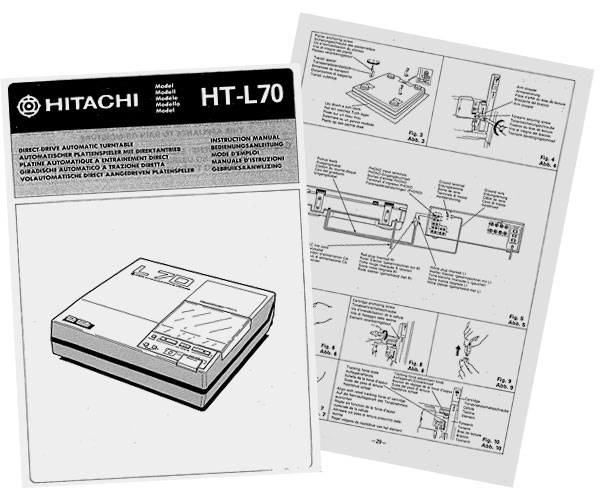
With the lid shut, the 'start/cut' key sets playback in motion, record-size detection and speed selection being automatic for standard discs. Further presses of the start/cut key bring the single seven-segment LED numerical display to life and this allows a specific track to be chosen.
The system works well in practice and finds what it thinks to be what you ask for rapidly. The arrangement of having the sensor in line with the stylus eliminates the frustrating delays associated with the Technics SL-J33 [HFN Jun '20], although it comes at the price of having to use only the supplied cartridge. This is a MM type designed for standard loading, but its rather bright sound may lead those with amplifiers offering variable loading to try a lower resistance/higher capacitance. I found that 22kohm, rather than the default 47kohm, was a good starting point.




























